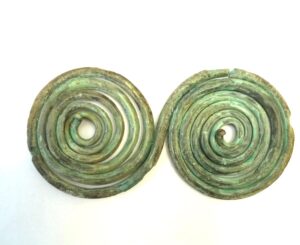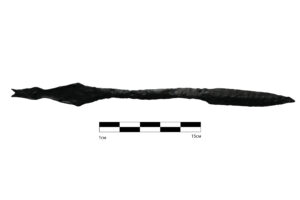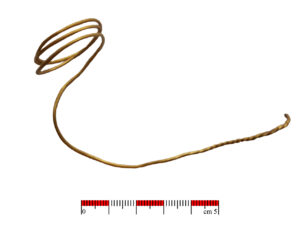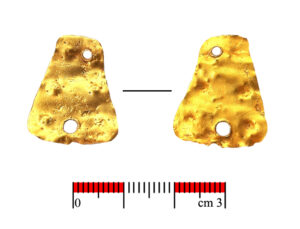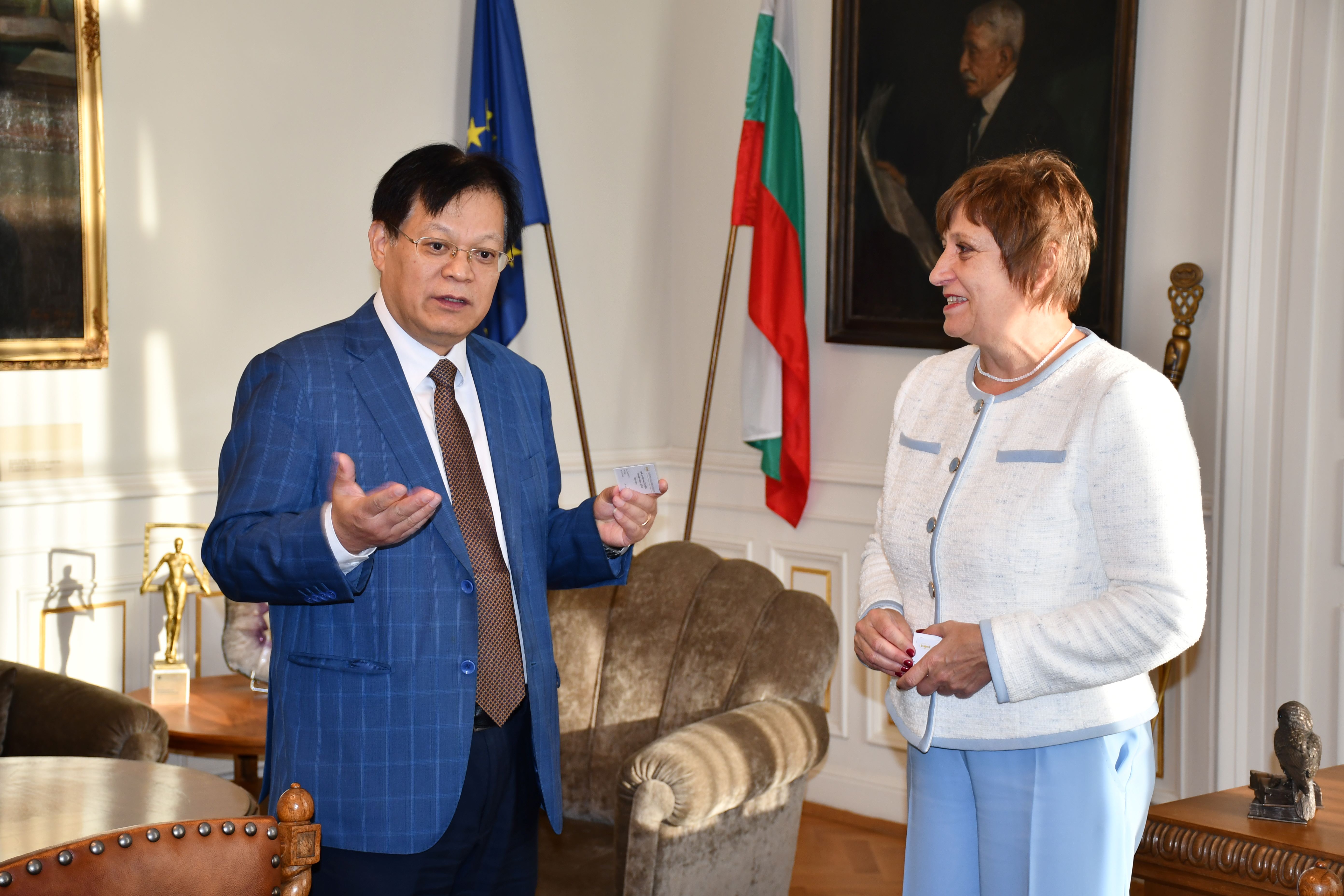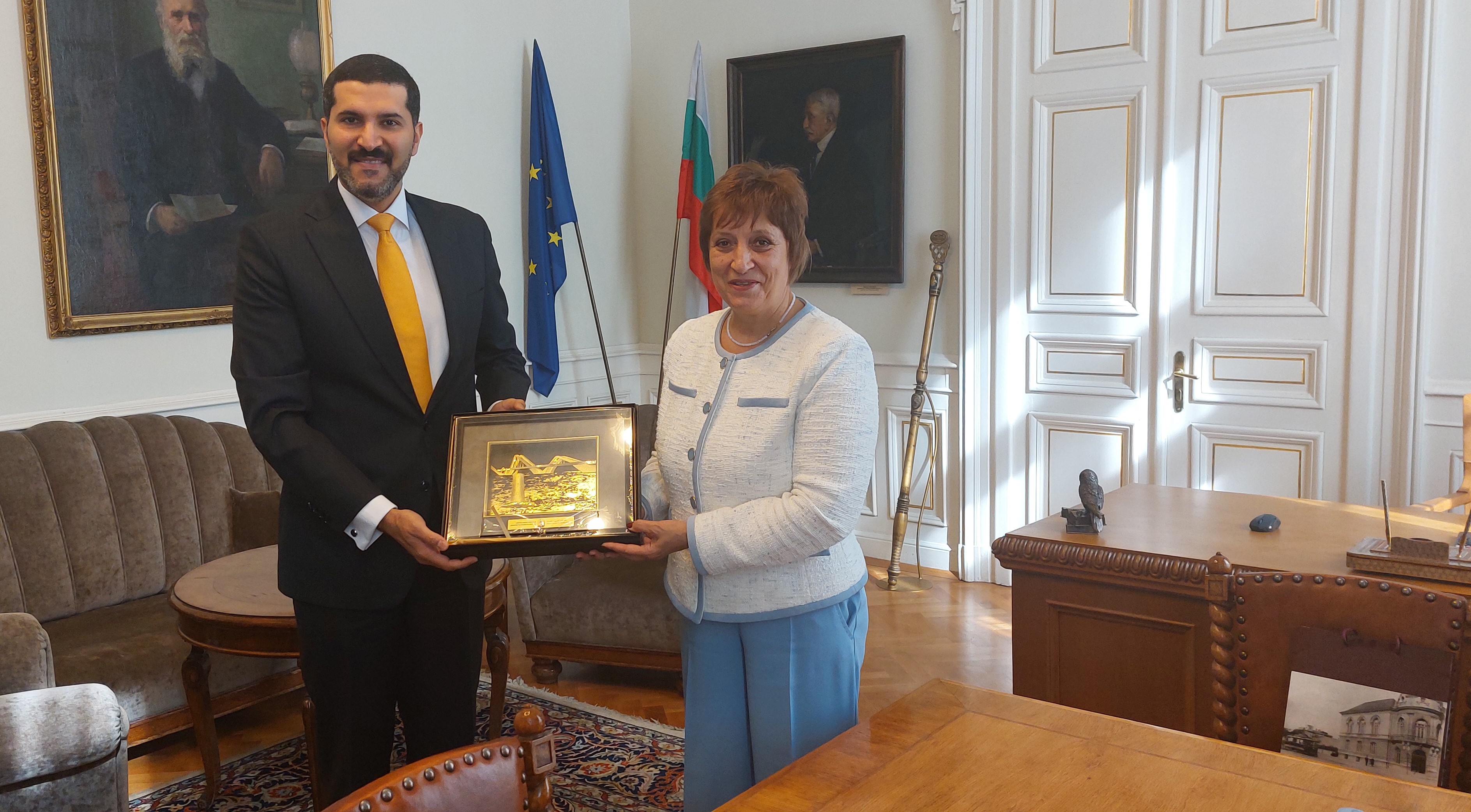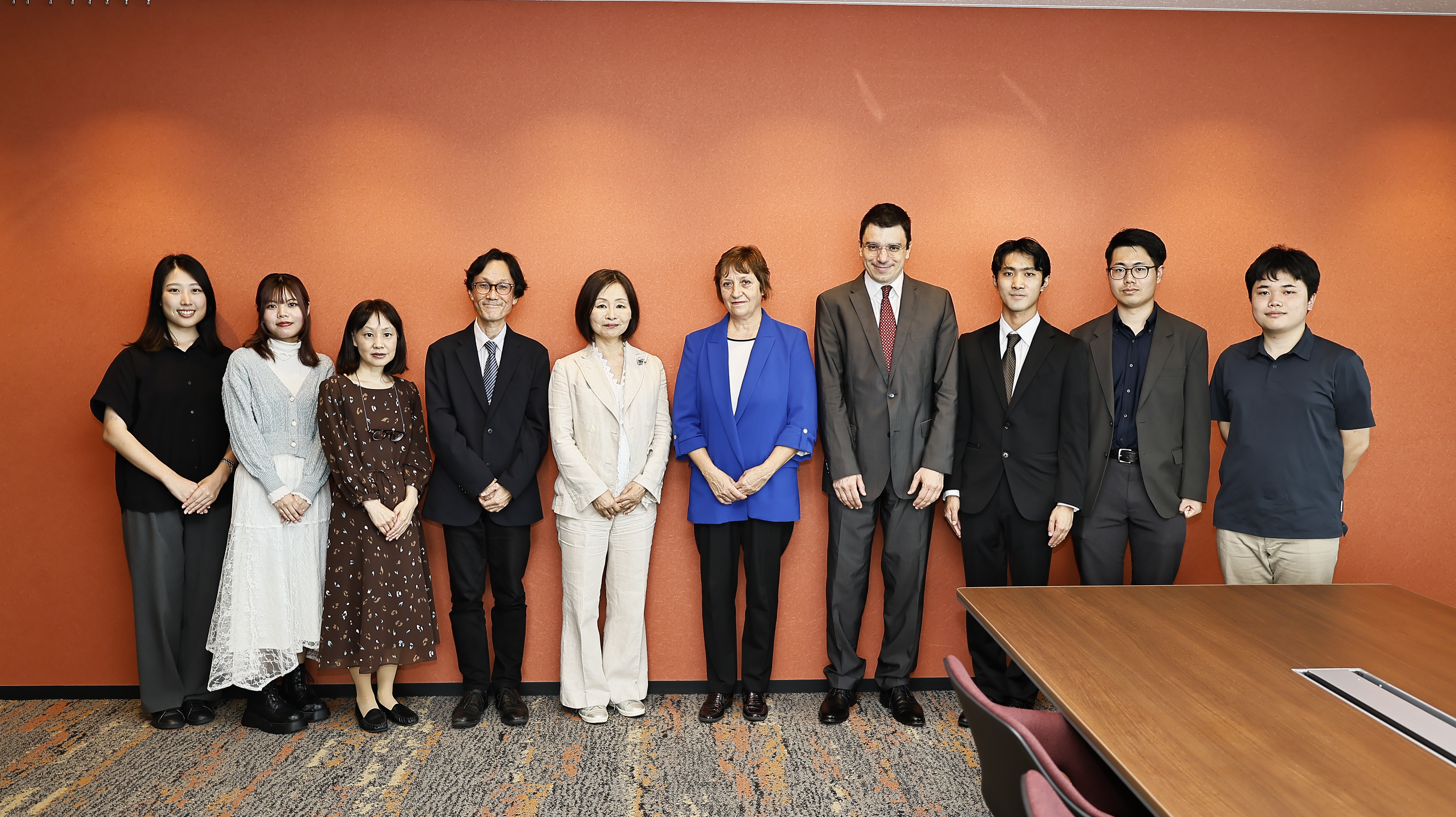The existence of a significant archaeological site related to Thracian antiquity in the land of the village of Palat, Strumiani municipality, has long been known. The Archaeological Museum in Sandanski has received very interesting finds from the area discovered during treasure-hunter interventions. Among them, five iron swords of the “Nenzingen” type – the earliest swords made of iron – are impressive. In addition to these, other pieces of armament and several fibulae are kept in the museum. The exceptional scientific importance of the site necessitated the organisation of archaeological research which has went through several stages.
Firstly, an airborne laser scanning (LiDAR) was carried out, after processing the data from which it was found that a large number of mound-like structures are located on the southern and eastern slopes of Palatski Peak. In the second phase, field searches were conducted in March 2025 to verify the results of the airborne laser scanning. Following a site visit, each of these was assessed and, after discarding those of natural origin, over 250 such stone structures were recorded over an area of approximately 1.5 sq km.
As a conclusion of these systematic researches, this year under the guidance of Assoc. Prof. Dr. Georgi Nekhrizov from NAIM-BAS, archaeological excavations were carried out, which confirmed that this significant area complex represented a necropolis from the Early Iron Age. The investigated structures are low mounds, mainly accumulated of stones, almost all of them seriously disturbed by treasure-hunter excavations. Fragments of pottery, worked mainly by hand, are present in each of them but occasional fragments of wheel-thrown pottery also occur.
No burial structures were found in the mounds but in each of them objects were found as offerings. Jewellery predominate among them – mainly various types of bronze fibulae, as well as bracelets and beads. In one of them, numerous pieces of armament were found – fragments of knives of various sizes but there also seemed to have been swords and spearheads, as well as an iron disc. Iron knives, razor blades, whetstones and spindle shafts are among the finds. Such offerings are often found in Thracian burial structures from the 9th-7th centuries BC. Particularly impressive are the gold objects found in two of the mounds – an appliqué for sewing to a garment and a spiral-shaped ornament. Analyses show a very similar elemental composition of the two objects which are made of 21.4 carat gold, most likely of alluvial origin. It is important to emphasize that gold ornaments are extremely rare in funerary complexes of the EIA in Thrace. In this respect, the necropolis at Palat village is related to synchronous sites in Greece such as those at Vergina, Agia Paraskevi, Archondiko, Caussica, Sindos. Among the finds from these rich necropolises, there are very close analogies to the jewellery and armament items found at Palat village.
The site is undoubtedly of great scientific importance for the study of the early Iron Age phases in the area. We still know very little about EAI in this region but the representative finds from the necropolis near Palat suggest that the Struma valley may have played a key role in the spread of iron technology in the Balkans. The collection of the earliest iron swords found during the illegal excavation of the necropolis near Palat make the Archaeological Museum in Sandanski an important centre for the study of the development of weaponry in Europe in the 1st millennium BC. Research conducted this year on the five swords using innovative methods at the Curt-Engelhorn-Zentrum Archäometrie laboratory in Mannheim, Germany, has pointed to a fairly early date for their manufacture – the 12th-11th centuries BC. On the other hand, the results of this year’s excavations show that the study of this site in the future is very promising scientifically.
For this reason, the Archaeological Museum in Sandanski has announced a donation campaign to raise funds for the archaeological research at the site. You can support this noble cause by donating funds to the museum’s account: BG91SOMB91303161953600.


